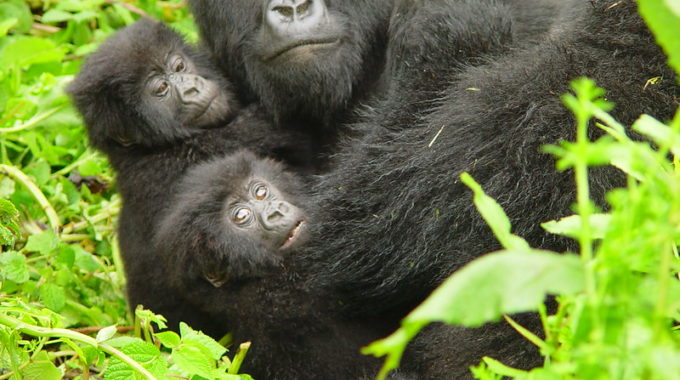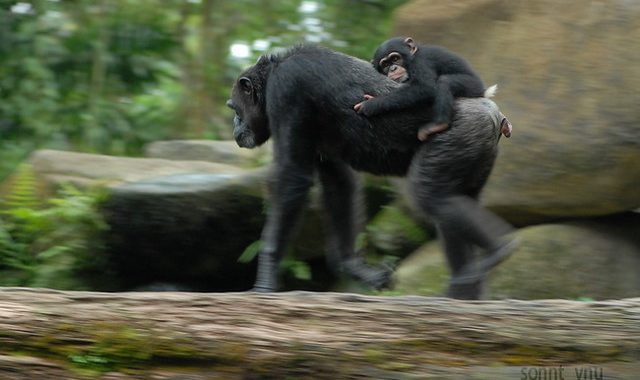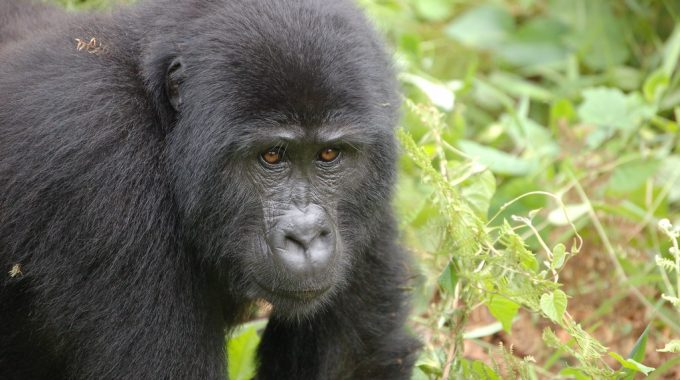Convincing reasons for choosing Volcanoes national park as your tourism destination Are you wondering where…
How to prepare for gorilla trekking?
How to prepare for gorilla trekking? – Preparing for gorilla trekking in Africa, especially in places like Rwanda, Uganda, or the Democratic Republic of Congo, requires some physical, mental, and logistical preparation. The trek can be strenuous and the conditions in the jungle can be challenging, so it’s important to be well-prepared to make the experience enjoyable and safe. Here’s a comprehensive guide to help you get ready:
-
Physical Fitness Preparation
- Cardio & Endurance: Gorilla trekking involves hiking through rugged, sometimes steep terrain, often at high altitudes. Start getting in shape by walking, hiking, or even running on uneven terrain. Focus on building endurance and stamina.
- Strength Training: Core strength, leg strength (especially calves and thighs), and balance are essential. Do exercises like squats, lunges, and leg presses, as well as exercises to strengthen your core (planks, sit-ups).
- Practice Hiking: If possible, go on practice hikes to simulate the conditions you might encounter. This will help you get used to walking for extended periods over uneven terrain with weight (backpack, etc.).
-
Mental Preparation
- Understanding the Experience: Gorilla trekking can take anywhere from 2 to 8 hours depending on how far the gorillas are located. You may have to hike through thick vegetation, slippery mud, or steep inclines. It’s important to go into the trek with the understanding that it could be physically demanding and sometimes unpredictable.
- Patience: You might not encounter gorillas immediately. The trek can be long and arduous, and it’s crucial to remain patient and focused on the experience.
- Respect for Nature: Keep in mind that gorillas are wild animals. You’ll need to follow specific guidelines to keep both yourself and the gorillas safe, so mental readiness for following instructions and being respectful to wildlife is key.
- Clothing:
- Long Pants and Sleeves: Wear long pants and long-sleeved shirts to protect yourself from scratches, insects, and the elements. Tight-fitting clothing is better than loose-fitting items that can get caught in the brush.
- Sturdy Hiking Boots: Waterproof, comfortable boots with good ankle support are essential, as the terrain can be muddy, slippery, and uneven.
- Hat or Cap: To protect your head and face from branches or the sun.
- Rain Jacket or Poncho: Weather can be unpredictable in the rainforests, so a lightweight, packable rain jacket is highly recommended.
- Gloves: Thin, durable gloves can help protect your hands from scratches and nettles.
- Essential Gear:
- Backpack: A small, lightweight daypack for carrying water, snacks, a camera, and other essentials.
- Water Bottle: Staying hydrated is crucial, so carry enough water for the trek. A hydration pack or reusable bottle is ideal.
- Insect Repellent: To protect yourself from mosquitoes and other insects.
- Sunscreen: Even in the jungle, you’ll want to protect your skin from the sun.
- Binoculars and Camera: If you’re keen on photography or want a closer view of the gorillas, bring a camera with a zoom lens and binoculars. However, you should refrain from using flash photography as it can disturb the animals.
- Walking Stick (Optional): Some treks may provide walking sticks, but if not, you may want to bring your own to help with stability on the trail.
-
Health Considerations
- Vaccinations: Ensure that you’re up to date on routine vaccinations, as well as any recommended ones for the region, such as yellow fever, hepatitis A and B, and typhoid. Malaria prophylaxis is also commonly recommended for areas where malaria is endemic (such as Uganda and Rwanda).
- Travel Insurance: Make sure your travel insurance covers medical evacuation, as gorilla trekking takes place in remote areas.
- Physical Health Check: If you have any pre-existing conditions (e.g., joint problems, heart issues), check with your doctor to ensure that trekking is safe for you.
-
Booking Your Trek
- Permits: Gorilla trekking permits are limited and often sell out quickly, so book your trek well in advance. You will need to secure permits from the relevant authorities in Rwanda (Rwanda Development Board), Uganda (Uganda Wildlife Authority), or the DRC (Virunga National Park). This is usually done through a reputable tour operator like Adventure in the wild safaris.
- Guides & Porters: The trek will be led by a guide, and it’s often recommended to hire a porter for additional assistance (to carry your gear or help you navigate the trail). Porters are local, and this provides extra income to the community.
-
When to Trek
- Best Time to Trek: The dry seasons are the most popular times for trekking, which are generally:
- Rwanda: June to September, December to February
- Uganda: June to September, December to February
- Congo: June to September
- The wet season (March to May and October to November) makes trekking more challenging due to slippery trails and more rain, but you might experience fewer tourists and a more intimate experience.
-
Safety Guidelines and Etiquette
- Follow Instructions: Always listen carefully to your guide, who will give you instructions on how to behave during the trek and once you encounter the gorillas. Guidelines may include maintaining a safe distance (usually 7 meters), not making loud noises, and refraining from touching the gorillas.
- Avoid Direct Eye Contact: Gorillas are highly intelligent animals, and while they are usually gentle, direct eye contact can be perceived as a challenge. Look at them from the side to avoid provoking them.
- Do Not Feed the Gorillas: Do not try to feed them or offer them anything from your bag.
- Be Quiet and Calm: Keep noise to a minimum and avoid sudden movements. This will allow for a more serene and rewarding experience.
-
Respect Local Communities
- Cultural Sensitivity: Be mindful of local customs and traditions. The areas surrounding gorilla habitats are often rural and home to indigenous communities.
- Environmental Responsibility: Leave no trace, carry out your waste, and avoid disturbing the natural environment.
By physically preparing, understanding what to expect, and ensuring you have the right gear and mindset, you can enjoy a safe, unforgettable experience while trekking with these incredible creatures.




